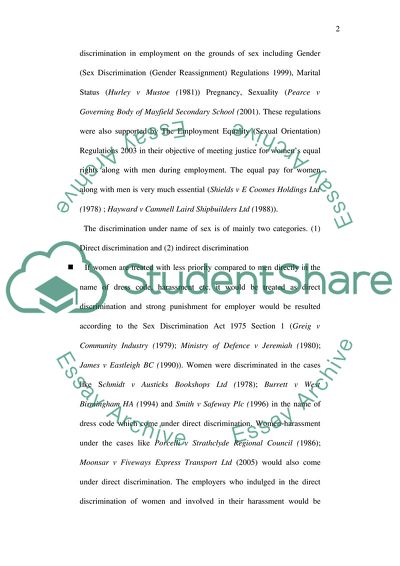Cite this document
(“Not Found (#404) - StudentShare”, n.d.)
Not Found (#404) - StudentShare. Retrieved from https://studentshare.org/human-resources/1723732-business-law
Not Found (#404) - StudentShare. Retrieved from https://studentshare.org/human-resources/1723732-business-law
(Not Found (#404) - StudentShare)
Not Found (#404) - StudentShare. https://studentshare.org/human-resources/1723732-business-law.
Not Found (#404) - StudentShare. https://studentshare.org/human-resources/1723732-business-law.
“Not Found (#404) - StudentShare”, n.d. https://studentshare.org/human-resources/1723732-business-law.


